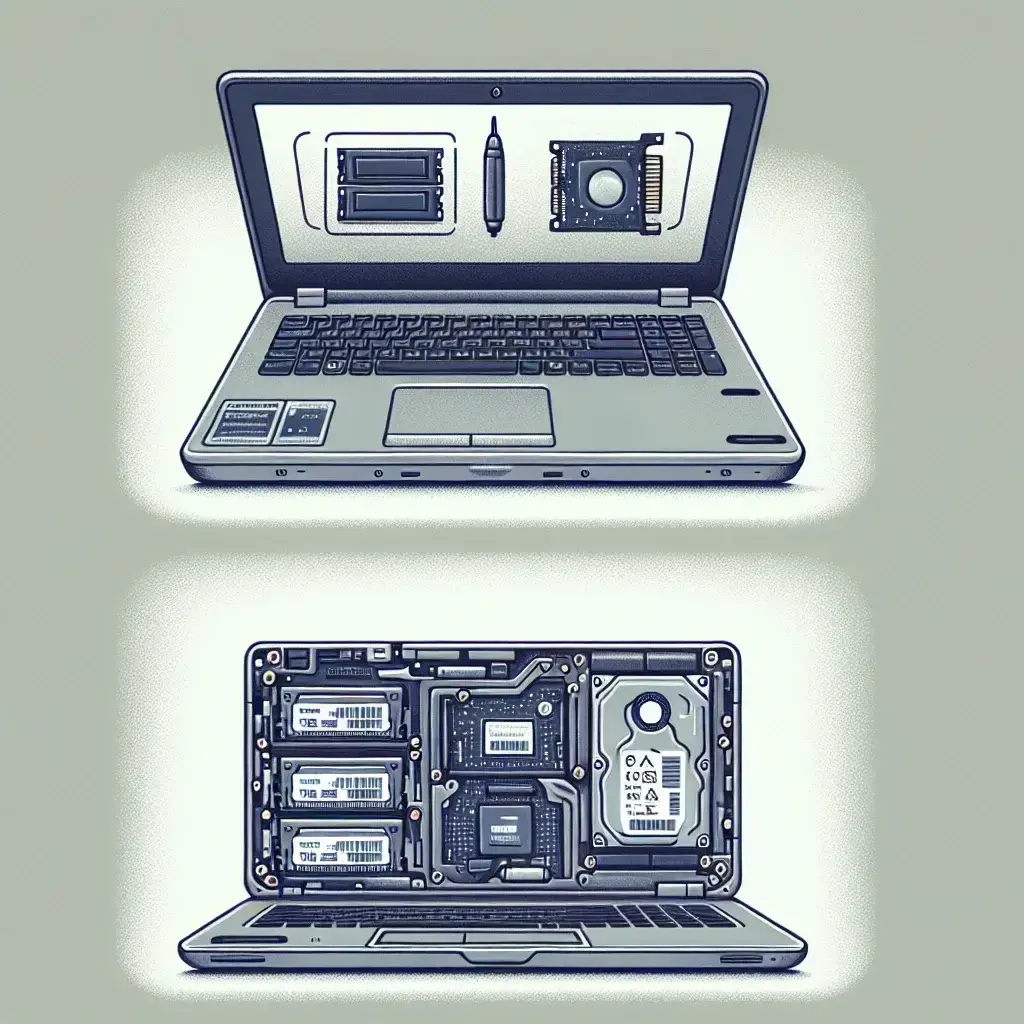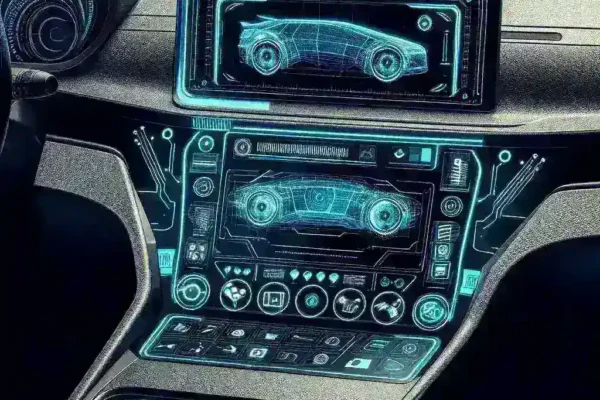Introduction
The world of laptops is vast and varied, with numerous models catering to different user needs and preferences. While some laptops are designed with upgradability in mind, allowing users to enhance their system’s performance over time, others are locked down, restricting changes and modifications. This article delves into the reasons why some laptops allow upgrades and others don’t, exploring the underlying technology, design considerations, and user implications.
The Concept of Upgradability
Before we explore the specific reasons behind laptop designs, it’s essential to understand what upgradability means in the context of laptops. Upgradability refers to the ability of users to replace or enhance certain hardware components in their laptops. Common components that can be upgraded include:
- RAM: Increasing memory can improve multitasking capabilities.
- Storage: Upgrading from a hard drive to a solid-state drive (SSD) can significantly boost performance.
- Graphics Cards: In certain models, this can enhance gaming and graphic-intensive applications.
Factors Influencing Upgradability
1. Design Philosophy
Manufacturers often have specific design philosophies that dictate how they construct their laptops. Some brands prioritize sleek, compact designs, often resulting in soldered components that enhance aesthetics but reduce upgradability. For example, many ultrabooks feature integrated RAM and storage to achieve a thinner profile, making upgrades impossible.
2. Market Segment
The target market for a laptop also plays a crucial role in its upgradability. Budget laptops may sacrifice expandability to keep costs low, while high-end gaming or workstation laptops often allow for extensive upgrades to cater to demanding users who require exceptional performance and longevity.
3. Component Standards
Different laptop components have varying standards for compatibility. Some laptops use proprietary components, meaning that only specific brands or models of hardware can be used for upgrades. This proprietary design can limit users’ options and complicate the upgrade process.
Historical Context
The trend towards less upgradable laptops has roots in the early days of personal computing. As laptops began to gain popularity, they were designed with modularity in mind, allowing users to replace components easily. However, as technology advanced, manufacturers began prioritizing aesthetics, portability, and battery life over upgradability. The rise of cloud computing and software-based solutions further diminished the perceived need for hardware upgrades among average consumers.
Pros and Cons of Upgradable Versus Non-Upgradable Laptops
Upgradable Laptops
- Pros:
- Longevity: Users can extend the lifespan of their devices.
- Performance: Upgrading components can significantly boost performance.
- Cost-Effective: Users can upgrade specific parts rather than purchasing a new device.
- Cons:
- Space: Many upgradable laptops are bulkier compared to their non-upgradable counterparts.
- Complexity: Upgrades may require technical knowledge or void warranties.
Non-Upgradable Laptops
- Pros:
- Sleek Design: Compact and lightweight, appealing to users with portability needs.
- Ease of Use: Generally simpler for average consumers who may not want to deal with hardware changes.
- Cons:
- Limited Lifespan: Once the hardware becomes outdated, users have no choice but to replace the entire laptop.
- Performance Bottlenecks: Users cannot enhance their systems when performance dips.
Future Predictions in Laptop Design
As technology progresses, we may see a shift in trends regarding laptop design and upgradability. With the growing awareness of sustainability and the environmental impact of electronic waste, manufacturers may begin to reintroduce more upgradable features to their designs. Additionally, advancements in modular technology could pave the way for laptops that can be easily customized and upgraded without complicated processes.
Conclusion
In summary, the question of why some laptops allow upgrades while others do not revolves around design philosophies, market segmentation, and the evolution of technology. As user needs continue to evolve, so too will the designs of laptops, potentially striking a balance between sleek aesthetics and upgradability. Understanding these factors can help consumers make informed decisions when purchasing laptops, ensuring that they select a model that aligns with their performance needs and future expectations.



